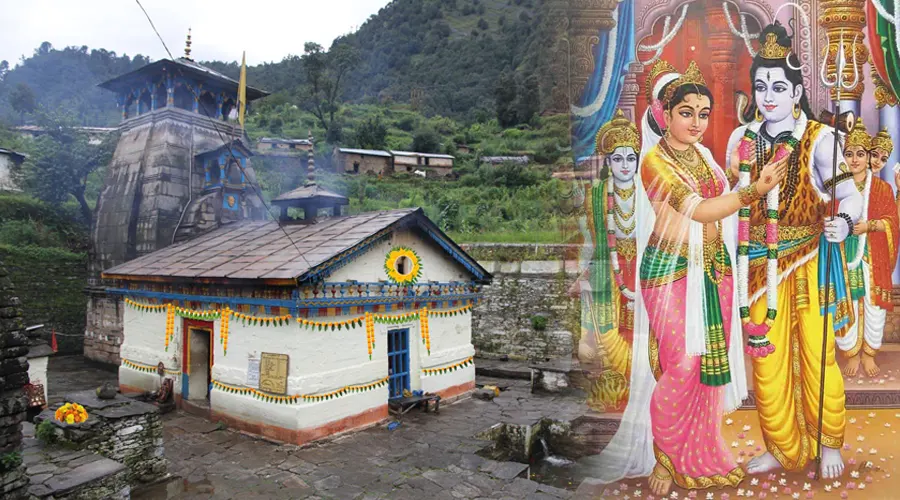Reis Magos Fort, Goa
Standing tall and proud overseeing and protecting the taluka of Bardez, across the river from the capital city of Panaji, this fort was one of the first bastions of the Portuguese rulers against enemy invasion. The structure exudes majesty and grandeur and though it is not the biggest fort in Goa, it still commands respect and awe.
Pre-dating even the prestigious and much larger Fort Aguada, and situated at the narrowest point of the mouth of the Mandovi, its skillful construction and strategic placement made this fort nearly impregnable and it was an important asset to the Portuguese colonists.
The fort has also been skillfully repaired in recent years and partly restored to its former glory. It is visible, with its distinctive reddish stone walls, all the way from Panaji which lies across the Mandovi River from it.
History
The construction at the Mandovi River, for its defense against invasion, began in 1550, which led to the building of the Reis Magos Fort in multiple stages. It is believed that the fort held great strategic importance and stood to serve as the first line of defense for the port town.
It was built by the Portuguese in a bid to keep the Dutch at bay from invading their land. It was soon realized by the Portuguese that the fort held great strategic importance, which is why important changes were carried out to the structure in 1707. 33 guns of varying calibers were deployed at the fort during this time.
From 1799 to 1813, Portuguese Goa was occupied by the British. It was in 1808 that they began making use of the Reis Magos Fort for lodging their soldiers.
The 19th century witnessed a decrease in the number of naval threats. At the same time, Old goa lost its prominence due to the growing popularity of Panjim, which led to reduced use of the fort.
This is why the fort was converted into a jail to store convicts. During the 1950s, it also served as a lodging for freedom fighters. It is believed that the fort continued to be used as a jail until 1993, after which it was left to decay.
Architecture
A small village by the name of Reis Magos harbors the Reis Magos Fort and also lends its name to it. It is located in the Indian state of Goa near the banks of the river Bardez.
The reason why the fort has gained prominence and popularity is due to its history and its close location to the capital city, Panjim.
Many believe the architecture of the fort to be a combination of Hindu and Portuguese styles of architecture which are seen prevalent today. The fort, in its present state, is the result of multiple renovations and constructions, collectively by the Portuguese and the Marathas.
The exterior of the fort was bound with laterite walls. The fort was given a decent altitude that allows tourists to gain a splendid view of the surrounding region.
If aerial views of the fort are to be observed, one will discover how the Portuguese built a fort to collect water in large quantities, which would come into use during a time of crisis.
The architectural heritage of the fort is exemplified by the presence of a church nearby.


























